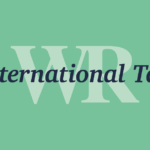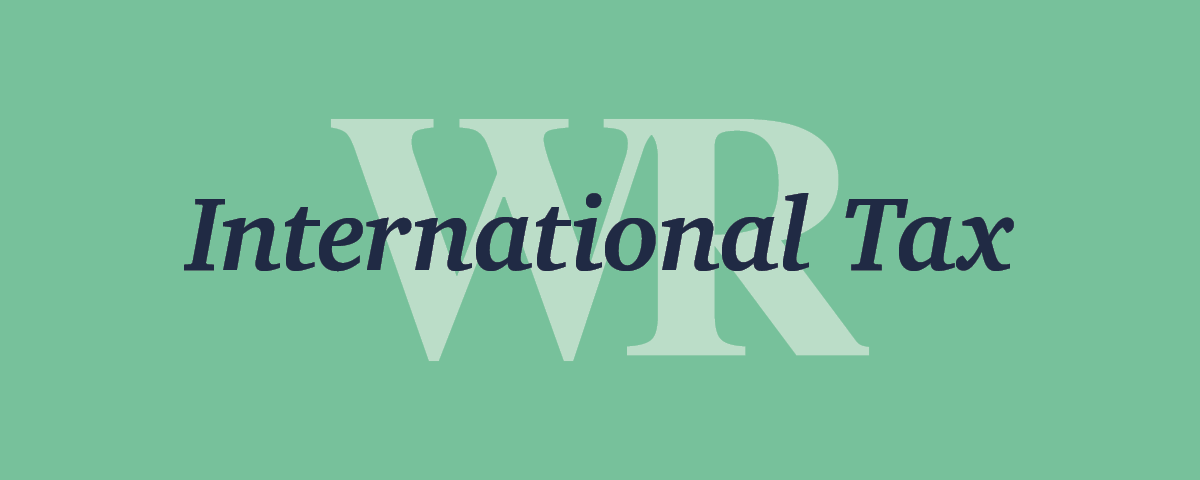
Tax Legislation: Let the Games Begin
February 18, 2025
The Critical Need to Integrate Tax Advisers into Executive Strategic Business Planning
February 19, 2025Round Three of Tariffs – Reciprocal Tariffs Have Arrived

President Trump’s Directive on Reciprocal Tariffs
On February 13, 2025, President Trump issued a memorandum directing a comprehensive review to implement reciprocal tariffs on a country-by-country basis. This review aims to address tariff rates and non-tariff barriers that hinder fair trade and competitiveness for U.S. businesses, workers, and consumers. Under this new reciprocal tariff framework, the Administration will evaluate and impose tariffs based on several factors, including:
Key Focus Areas of Reciprocal Tariffs:
(a) Existing tariffs imposed on U.S. products.
(b) Unfair, discriminatory, or extraterritorial taxes, such as Value Added Taxes (VAT).
(c) Non-tariff barriers that increase costs for U.S. businesses, including:
- Foreign subsidies.
- Burdensome regulatory requirements affecting U.S. companies operating abroad.
(d) Economic policies impacting competitiveness, such as:
- Exchange rate manipulation.
- Wage suppression.
- Other mercantilist policies disadvantaging U.S. businesses and workers.
(e) Restrictive practices that limit market access or create structural barriers to fair competition with the U.S. economy.
This review process will require close collaboration among key government agencies. The United States Trade Representative (USTR), the Secretary of the Treasury, and the Senior Counsel to the President on Trade and Manufacturing will play integral roles in shaping the new reciprocal tariff framework. Alongside these agencies, the Office of Management and Budget (OMB) has been tasked with conducting a thorough evaluation of the fiscal impacts on the Federal Government and analyzing the effects of the proposed tariffs on public information collection requirements. The OMB is also responsible for delivering a comprehensive assessment to the President within 180 days, ensuring timely and informed decision-making.
The implementation of reciprocal tariffs could have far-reaching implications, extending beyond traditional tariffs. Significant impacts are anticipated in areas such as de minimis import thresholds, free trade zones, and duty drawback rules. These additional factors underline the complexity and breadth of the tariff review process, highlighting the need for a coordinated and detailed approach across multiple sectors and policies.
IMPACT AND ACTION PLAN
As the reciprocal tariffs are reviewed and implemented, businesses must proactively assess the potential cost and operational impacts. Below are actionable recommendations:
1. Monitor and Assess Supply Chain Costs
- Country-Specific Analysis: Since the tariffs will be imposed on a country-by-country basis, businesses should reassess their supply sources and country of origin for products.
- Consider alternatives, such as onshoring to the U.S. or sourcing from countries not subject to reciprocal tariffs.
2. Evaluate Related-Party Transactions
- Assess the impact of tariffs on transfer pricing, costing, and related-party supply chains for manufactured goods.
3. Incorporate Tax Reform Considerations
- Factor in potential extensions to expiring TCJA provisions (set to expire at the end of 2025) as part of the strategic review.
- Consider how the President’s proposed 15% corporate tax rate for manufacturing could influence future decisions.
4. Address Customs and Import Issues
- Review product classifications and determine the importer of record to understand tariff impacts.
- Model effects on product pricing for end customers.
5. Act Quickly
- The 180-day timeline for the review process is short. Businesses should initiate planning efforts within the next two to three months to align with upcoming legislative and regulatory changes.
- Prioritize this review in conjunction with tax reform discussions and other pending policy shifts.
Conclusion
The introduction of reciprocal tariffs marks a significant shift in U.S. trade policy. Businesses must take a proactive approach to mitigate risks, identify opportunities, and adapt their supply chains, tax strategies, and operational models. Early planning and scenario modeling will be critical to remaining competitive in a rapidly evolving trade and regulatory environment.


